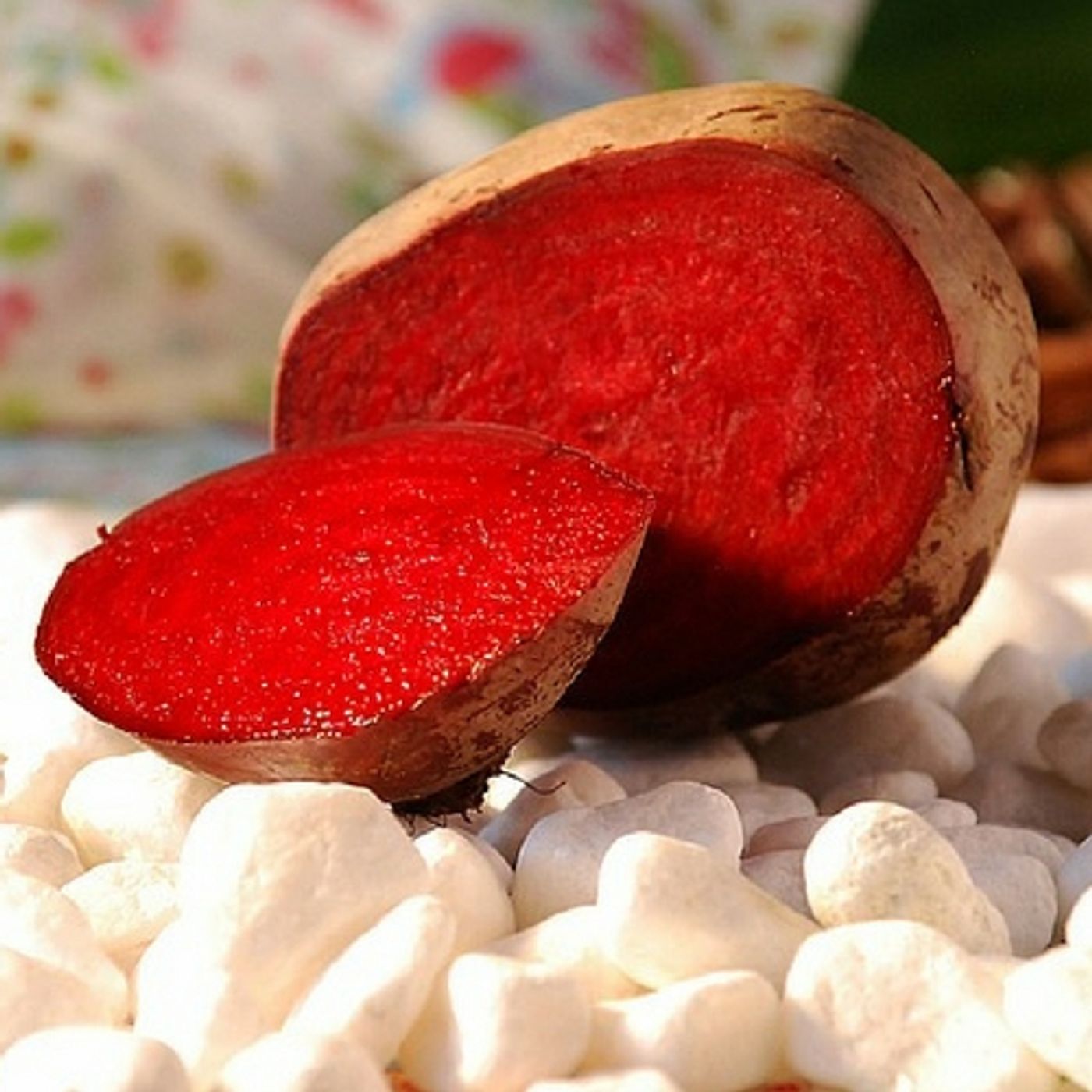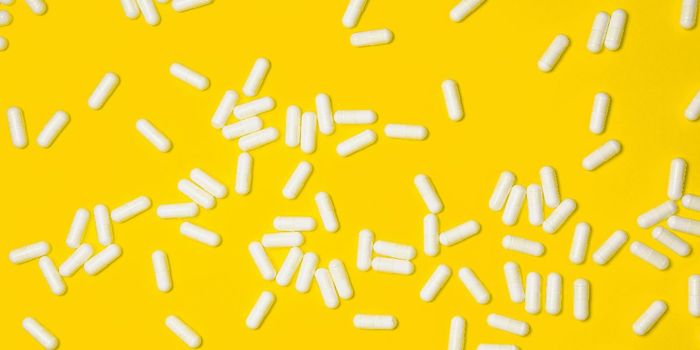"Beeting" Alzheimer's
Who doesn't love a nice big dish of hot beets for supper? Delicious, right?
OK, they may not be the darling of the vegetable course, but new research into the nutritional qualities of beets, and in particular the compound in them that causes the bright red color we all know as "beet red" suggests that the less than popular side dish could be a way to hold off Alzheimer's disease.
Researchers from the American Chemical Society presented research recently at the 255th National Meeting & Exposition, and the team hopes the information could lead not only to better nutrition but to possible treatments for Alzheimer's disease. Alzheimer's disease (AD) is a progressive, neurodegenerative disease, for which there is no cure. Hundreds of research studies are ongoing, and those studies are essential to finding a cause, possible treatments and a way to detect the disease before it has progressed too far. Estimates from the WHO and the CDC show that nearly 15 million Americans suffer from the disorder and worldwide that number jumps to more than 44 million. The numbers are going nowhere but up, and it's become a global health concern.
One of the study authors, Li-June Ming, Ph.D., from the University of South Florida, explained, "Our data suggest that betanin, a compound in beet extract, shows some promise as an inhibitor of certain chemical reactions in the brain that are involved in the progression of Alzheimer's disease. This is just a first step, but we hope that our findings will encourage other scientists to look for structures similar to betanin that could be used to synthesize drugs that could make life a bit easier for those who suffer from this disease."
What is known is that beta-amyloid, which is a viscous, sticky protein that accumulates in Alzheimer's patients, is part of the disorder. It gets tangled in brain tissue and disrupts communication between neurons. It sticks to metals that are usually found in the brain, like iron or copper and the reaction between the metals and the plaques cause proteins to misfold and clump together in globs that stop up the communication between parts of the brain. When these clumps get to a certain size, they create inflammation in the brain, and this results in oxidation, very similar to old pipes that get clogged with rust.
The team of neuroscientists at USF knew from previous research that beetroot juice could improve blood flow to the brain. As humans age, vascularization of the brain declines and brain cells don't get as much oxygen. Betanin is the compound found in beets that causes the red color. It's used in some commercial dyes that bind to metals, so the team wanted to investigate if this compound could bind to metal particles in the brain and prevent misfolded beta-amyloid proteins from oxidizing nearby brain cells.
Using visible spectrophotometry and 3,5-Di-tert-butyl catechol (DTBC) a compound that chemists use to track oxidation, the scientists looked how beta-amyloid protein clumps behaved when treated with betanin. Oxidation of metal molecules of zinc and copper was reduced by 50% when betanin was part of the mixture. The study was not extensive enough to prove that betanin can stop Alzheimer's entirely, but it's a significant first step in slowing down the disease. Take a look at the video below to learn more about this ACS discovery.
Sources: American Chemical Society, Medical News Today










